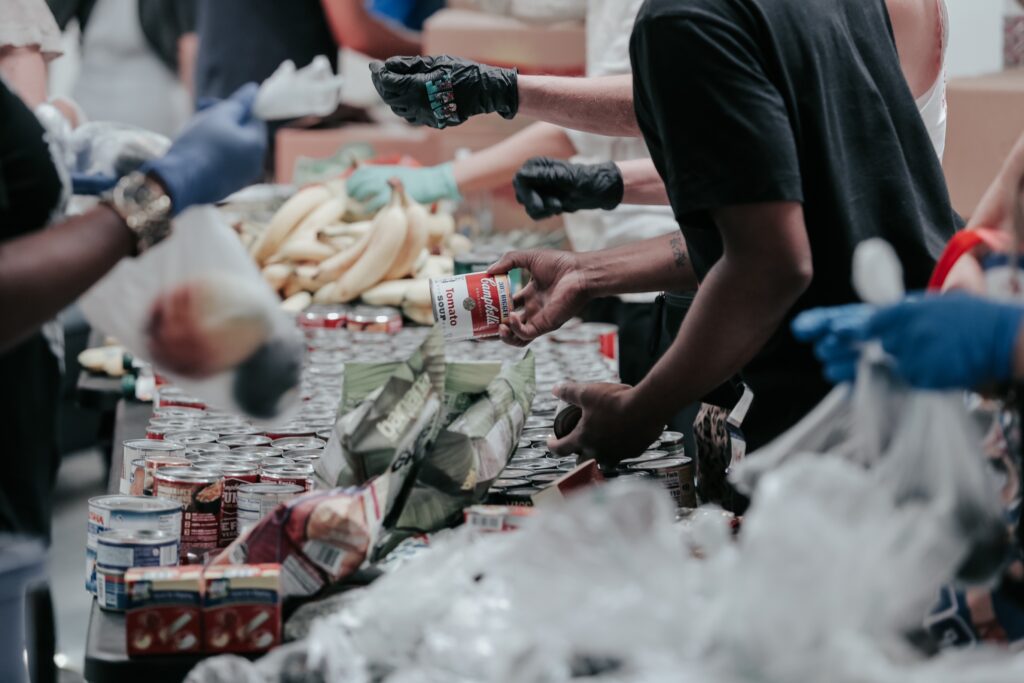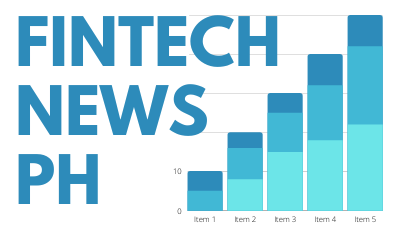Businesses often seek innovative strategies to connect with their target audience, build brand loyalty, and ultimately, drive sales. Local community engagement, which involves actively participating in and contributing to the communities where a business operates, has long been an effective strategy toward this end.

Identifying communities may vary depending on who your business is targeting to reach out to. Engagement can take many forms–from sponsoring local events to supporting community causes through Corporate Social Responsibility programs.
In this blog, we’ll explore:
- Why is local community engagement a powerful marketing strategy?
- How can it benefit both businesses and the communities they serve?
Knowing Your Customer
One of the fundamental principles of marketing is building authentic relationships with customers. The best way to build these relationships is to know them.

How do customers think and make decisions? To answer this question, you can:
● Conduct surveys. Learn the demographics of your community, such as dominant age groups, ethnicities, socio-economic circles, as well as gender and sexual identity, from the community itself. With this information, you can craft community profiles and begin a community needs assessment process by interviewing potential customers within the community to understand their pain points.
● Do research. You can also access general information about similar target markets through online analytics and available research.
With this data, your campaigns can be guided by information that ensures your approach and message are relevant and relatable to the community.
Creating Impact In Your Community
The ways by which you reach out to your community can make a lasting impression on how your customers (current and future) connect with your brand. Relationships that are fortified through local community engagement are strong and can transform your customers into brand champions!
● Show genuine interest in community well-being. When a business shows genuine interest in the well-being of the community, the community, in turn, becomes invested in the success of that business.
Many brands have a Corporate Social Responsibility arm that works with the government, as well as local NGOs and organizations to drive social impact in the community. Jollibee, for example, has a well-known CSR arm that collaborates with organizations specifically serving the youth through education access projects; and working with local farmers through livelihood programs.
● Participate in local events and projects. Sponsor grassroots events such as medical missions, holiday bazaars, and other seasonal or regular community projects.
Being close to affiliate groups serves a brand as it keeps it connected with its target market and can lead to increased patronage from local residents who appreciate the brand’s commitment to the community.
Building Word-of-Mouth Channels
When community members have positive experiences with a brand, they are likely to share their experiences with friends and family.
This natural endorsement can be more persuasive — and more cost-efficient — than other ad campaigns.
By actively engaging with the local community, businesses can create opportunities for positive word-of-mouth marketing.
For example, the Metrobank Foundation’s Outstanding Filipinos award is an initiative to search for Filipinos in the teaching, military, and police professions and reward their excellence and dedication to service. The award has created life-changing stories for its awardees which has deepened Metrobank’s relationship with their customer base.
Communicating with Stakeholders Organically
Feedback is a natural product of having strong ties with your community. Customers are more likely to go the extra mile to engage your brand and provide reviews and suggestions, as they are more inclined to support your brand.
Communication, on the other hand, also becomes easier when customers share their experiences with your team and on social media platforms.
You can prompt your customers to do this by creating community forums, utilizing local media, and encouraging community feedback. Giving incentives can also push your customers towards providing this feedback.
Whatever stakeholder communication method you choose, make sure you have a solid community management strategy in place. Partnering with top PR agencies in the Philippines can help you come up with the best community management strategies fit for your business and ensure genuine connections with the community you serve.
How Brands Have Used Effective Local Community Engagement
Harnessing the power of local community engagement as a marketing strategy is not rocket science. Still, it requires a targeted community outreach strategy and the support of a team of experts who can keep your brand consistent when engaging communities.
Here are examples of how name brands have used this strategy to their advantage:
1. Connect with Your Community: To effectively engage with your community, you must first understand its unique needs, values, and challenges. This knowledge will help you tailor your efforts for maximum impact.
A good example of a brand that truly understands its users is Apple. Apple is known for its strong understanding of its customers. They have a comprehensive approach to gathering and utilizing customer insights. Apple’s products and services, like the App Store and iCloud, provide them with a wealth of user data.
This data can include information about how customers use their devices, which apps they download, and how they browse. This data also helps Apple tailor their offerings to user preferences.
2. Align with Your Brand: Choose community engagement activities that align with your brand’s mission and values. Authenticity is key for customers–the best way to achieve authenticity is to think about how your campaign benefits both the business AND the community. Use metrics that go beyond revenue.
Patagonia, an outdoor clothing brand is known for its involvement with climate justice activist groups and is popularly known for its commitment to environmental sustainability and corporate responsibility. In 2021, the company CEO announced that $100M in company profits would go to the Holdfast Collective, a nonprofit for climate action and policy advocacy based in the US, which has earned the company admiration from its shareholders.
3. Listen and Collaborate: Listen closely to your community. Get their feedback and collaborate on projects and initiatives that matter to them.
A brand closer to home–an example of a collaborative engagement from both non-profit organizations and customers, is Cebu Pacific’s seven-year partnership with UNICEF, the “Change for Good” program.
This initiative, which started in 2016, collects donations from passengers to support vulnerable children in the Philippines. To date, the program has raised close to P100M.
Take your cues from these brands, use data to measure the impact of your community engagement efforts, and adapt your strategy based on what works and what doesn’t.
Local community engagement is not just a feel-good project; it is a legitimate marketing strategy that can create pathways for sustainable community development and build local brand advocacy which can make great strides for your business’ reputation and value.
By conducting community outreach programs, scaling marketing programs to the grassroots level, and being an active part of community groups impacted by your business, brands can reap the rewards of local community engagement.
As new-generation consumers increasingly value social responsibility and authentic connections, a strong local community engagement strategy is more relevant than ever for a brand to grow.

